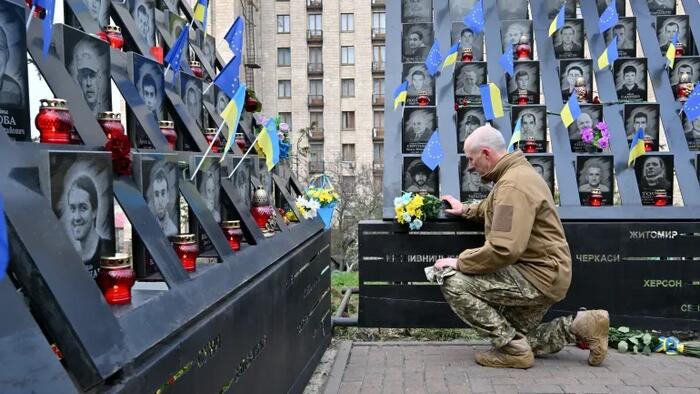The enthusiasm in the western media for an imminent Ukrainian victory over Russia has been ever circular; people who only get their news from corporate sources are likely to believe that Russia is about to be defeated any day now. However, as with all propaganda campaigns the public eventually grows tired of hollow optimism and skeptical of bombastic claims. Influencing hearts and minds is a fading prospect if your campaign is based on lies.
If the war has taught people anything it is to never trust establishment media sources to be accurate in their reporting, or prescient in their predictions.
A year ago we heard a deafening chorus of voices in the west suggesting that Ukraine’s victory was all but assured. The media’s boasts were relentless, but the numbers just didn’t add up. Zelensky’s appetite for NATO money and arms kept growing instead of waning. Recruitment efforts were expanding to include more women and older men. The talk of a glorious counter-offensive went on for months with no concrete actions taken. Rumors of mass deaths at Bakhmut circulated and it became clear that it doesn’t matter how many weapons NATO sends to Ukraine, there aren’t enough soldiers to utilize them.
Ukraine’s top military commander, Valery Zaluzhny, acknowledged in a recent essay that training and recruiting troops was becoming a serious challenge.
“The prolonged nature of the war, limited opportunities for the rotation of soldiers on the line of contact, gaps in legislation that seem to legally evade mobilization, significantly reduce the motivation of citizens to serve with the military.”
The essay admitted a bleak reality: Ukraine needs more people in uniform, and it needs them now. Wars are won by men, not by armaments. Going by this metric, Ukraine has already lost.
The situation is far worse than Zaluzhny lets on. Reports of aging recruits are more frequent these days (the average age of new recruits is older than 40 years). Training of Ukrainians is rarely done in Ukraine. Instead, conscripts are shipped to places like the UK, Australia and New Zealand. This may be because training facilities in their home country are not safe from Russian missile strikes, but a more likely explanation is that Ukraine is running low on experienced soldiers to train new fighters.
Training in foreign facilities is highly expedited, with programs that normally take months being fast tracked and completed in mere weeks. Yet another sign that Ukraine is desperate for combat capable troops. The life expectancy of these trainees is not good, and it is saddening to see Ukraine’s population being used as a proxy in a conflict that should have gone to the negotiating table a long time ago.
NATO’s clear intent is to see the war continue, perhaps indefinitely. The problem is, the general public has moved on to other concerns, including the war in Israel and its potential to spread beyond Gaza. Ammunition and arms shipments once destined for Ukraine are now being diverted to Israel. Zelensky has become visibly frustrated with the situation. After many months of being told by US and EU politicians that the whole of the west was flying Ukrainian flags over their homes, reality is finally slapping the former comedian in the face.
As some predicted last year, “Ukraine fatigue” has set in. The majority of Americans polled now say they no longer support more funding or arms for Ukraine. The Democrat and Neocon push for American boots on the ground was immediately quashed by the public. The purpose behind prolonging the war (convincing westerners to jump behind a plan for direct engagement with Russia) seems to have failed.
Beyond the logistical nightmare, the growing possibility of Donald Trump returning to the White House is also weighing on the minds of the Ukrainian leadership. Trump has stated that he plans to put together a deal to end the war as soon as he enters office. This means that Zelensky will be forced to accept a diplomatic settlement, something he has said he will never do.
As winter closes in the tone shift in Ukraine is dramatic. It’s another winter of Russian infrastructure strikes, power outages and utility shortages. Today, calls for a ceasefire and peace in Gaza are overwhelming, and yet, similar calls for peace in Ukraine are nonexistent. Maybe it’s time to ask why?
Loading…



